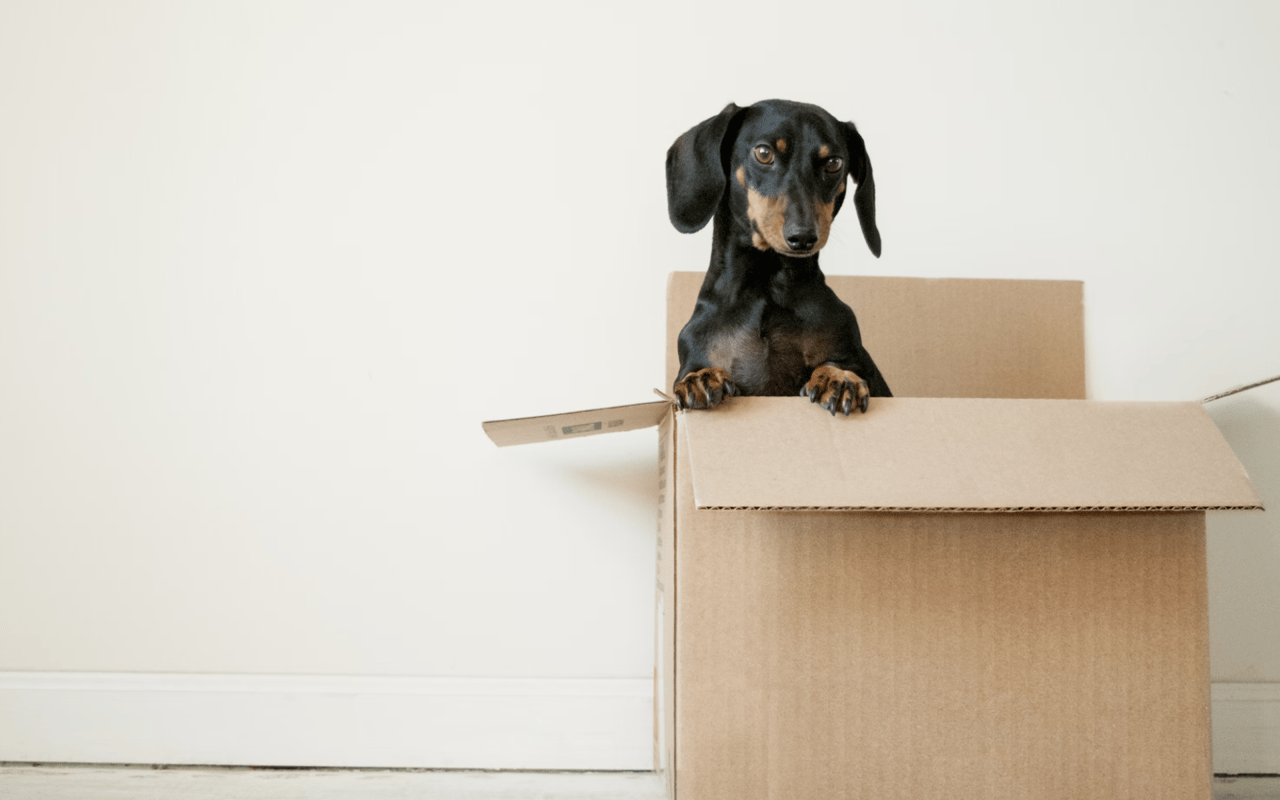Moving to a new home can be a stressful experience for both you and your pets. The excitement of a new space may be overshadowed by the anxiety pets often feel during a move. Whether you have a dog, cat, bird, or even a reptile, it’s important to plan ahead and ensure their transition is as smooth as possible. Below are some essential tips for moving with pets that will help alleviate stress and ensure they feel at ease in their new environment.
Plan Ahead for Your Pet’s Needs
One of the first steps in moving with pets is to plan well in advance. This includes understanding your pet’s specific needs, such as any special accommodations or care routines. If possible, arrange for a visit to the new home before moving day to help your pet get accustomed to the new surroundings. For more sensitive animals, this can help reduce anxiety when they first arrive at the new place. Additionally, make sure your pet’s routine remains as consistent as possible during the lead-up to the move to avoid unnecessary stress.
Consult with Your Veterinarian
Before the move, it’s a good idea to consult with your veterinarian. A vet can offer advice on how to best handle your pet’s specific needs during the move. If your pet is on any medication or requires special care, be sure to have a sufficient supply for the transition. Also, it’s important to ensure your pet’s vaccinations and health records are up to date, especially if you're moving to a new state or country where regulations may differ. Your vet may even be able to provide calming medications for particularly anxious pets.
Prepare Your Pet’s Moving Essentials
Just as you would prepare a box of essentials for yourself, make sure you have a travel kit ready for your pet. This should include food, water, medication, leashes, collars, favorite toys, bedding, and anything else that may comfort your pet during the move. For cats, having a secure carrier for transport is essential, while dogs might benefit from a comfortable harness. Being organized with your pet’s supplies will help the transition feel more familiar and secure.
Keep Your Pet Safe During the Move
On moving day, your pet’s safety should be your priority. If possible, arrange for your pet to stay with a friend, family member, or pet sitter during the chaos of the move. This will give you the time and space you need to focus on getting everything packed up and transported without worrying about your pet’s safety. If this isn’t possible, create a quiet space where your pet can stay, away from the hustle and bustle. Make sure they are confined in a safe area, such as a room with the door closed or in a pet crate.
Transportation Tips for Moving with Pets
When it comes to moving your pet to their new home, it’s important to ensure their safety during transport. For car trips, secure your pet in a safe, well-ventilated carrier or use a pet seatbelt harness for dogs. Never allow your pet to roam freely in the car, as this can be a major safety hazard. If your pet is traveling by plane, check with the airline about their specific requirements for pet travel. Many airlines offer pet travel services, but each has its own rules and regulations. Be sure to follow them carefully to ensure your pet is as comfortable and safe as possible.
Set Up Your Pet’s New Space
Once you arrive at your new home, it’s important to set up a comfortable, secure area for your pet right away. This might be a quiet corner with their bed and favorite toys or a crate where they can retreat to when feeling overwhelmed. Having a familiar space will help your pet adjust to the new environment more easily. Try to keep the area free of new sounds or activity for the first few hours so your pet can feel secure.
Introduce Your Pet to the New Home Gradually
Upon arrival, introduce your pet to the new space gradually. If you have a dog, start by showing them one room at a time. This method will allow them to acclimate at their own pace. For cats, it’s often best to introduce them to one room and keep them confined there until they feel comfortable. Gradually allow them to explore other parts of the house when they seem ready. Avoid overwhelming your pet by giving them too much freedom right away. This step is especially important for pets that are naturally anxious or have a tendency to escape.
Be Patient with Your Pet
It’s important to remain patient as your pet adjusts to their new surroundings. Just like you, your pet will need time to get used to the changes. Keep a consistent routine for feeding, walking, and playing to help establish normalcy. Be attentive to any signs of stress or anxiety, such as excessive barking, hiding, or changes in eating habits. Providing comfort through extra attention, affection, and familiar routines can go a long way in helping your pet adjust to their new environment.
Consider Pet Insurance
Moving to a new area might also involve finding a new vet for your pet, especially if you’ve relocated to a different city or state. As you look for new healthcare providers, consider the benefits of getting pet insurance if you don’t already have it. Moving with pets can sometimes involve unexpected health challenges, and having insurance can alleviate the financial burden if an issue arises. It can also help you navigate the care of your pet in an unfamiliar location, giving you peace of mind.
Travel with Your Pet Long-Distance
If you’re moving a long distance or even across the country, it may be necessary to prepare for a more extended travel time. In these cases, plan for your pet’s comfort and well-being during long road trips or flights. Schedule breaks if driving, so your pet has a chance to stretch, relieve itself, and get some water. For longer flights, ensure your pet is as comfortable as possible by choosing a pet-friendly airline and booking a direct flight, if possible, to minimize stress.
Embrace the Transition with Care and Patience
Moving with pets requires careful planning, patience, and understanding of your pet’s needs. With the right preparation, your pet can make the transition to your new home smoothly and feel comfortable in their new surroundings. Whether it’s through visiting the vet, setting up a familiar space, or keeping their routine intact, making sure your pet feels safe and secure will help them adjust more quickly. While the move may be stressful for everyone involved, the result is a happy, settled pet in a new home where they can continue to thrive.
Reach Out for Expert Real Estate Assistance
Are you planning a move to a new home? Let
Sherri Murphy assist you with all your real estate needs. Whether you’re buying or selling, Sherri provides professional service to ensure a smooth transition. Get in touch today to start your journey toward your next dream home!


